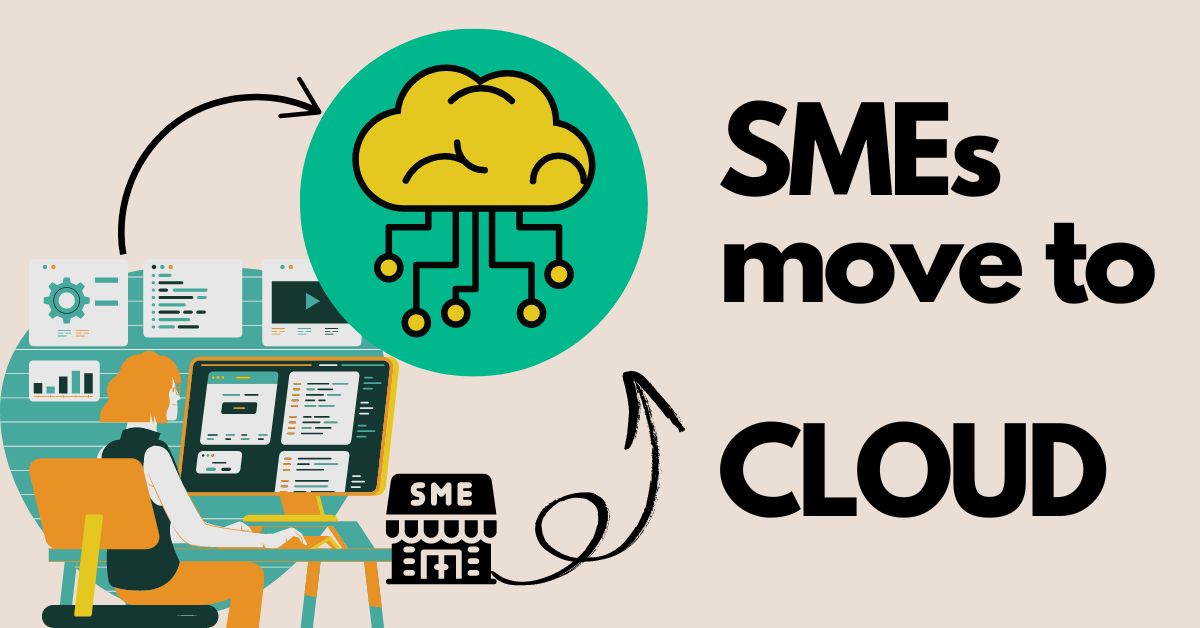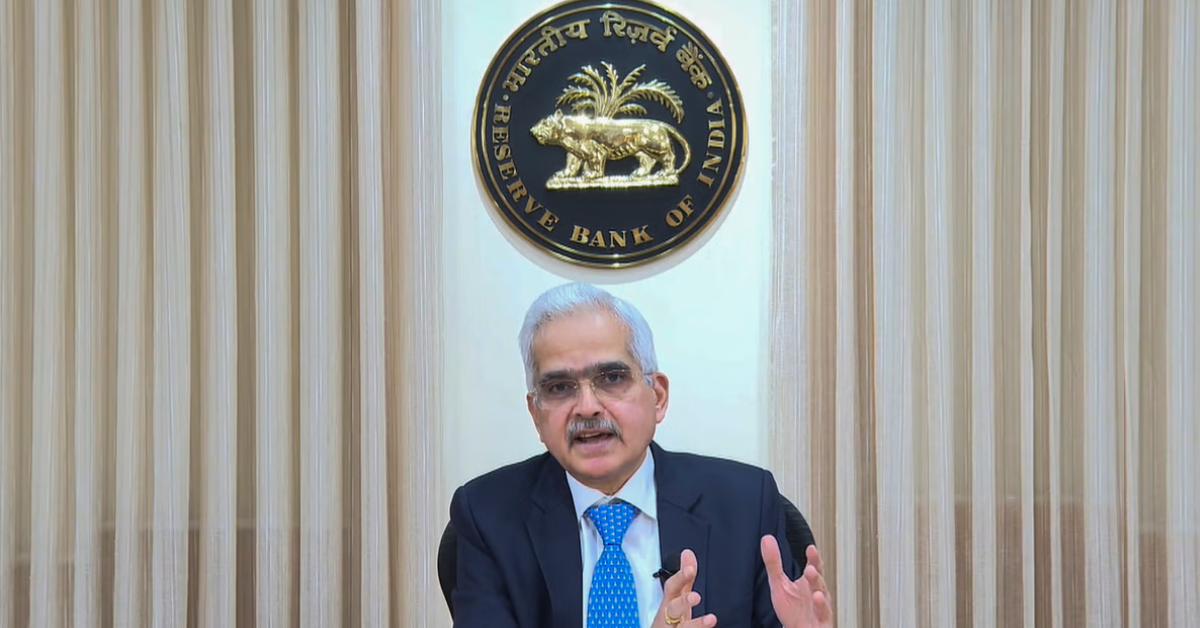
Outsmarting the Giants: SEO Strategies for Small Businesses
Before you even think about crafting the perfect meta description or building backlinks, you need a crystal-clear understanding of your target audience. Who are your ideal customers? What are their demographics, interests, and online behaviours? Knowing this will guide every aspect of your small business SEO strategy. Consider factors like age, location, income level, and even their preferred social media platforms. Understanding your audience allows you to tailor your content and marketing messages for maximum impact, helping you resonate with potential customers and stand out from the noise.
Think about their pain points. What problems do they face that your business solves? What are their aspirations and desires? Addressing these directly in your content marketing will make your brand more relatable and trustworthy. Don’t just focus on what you offer; focus on what your audience needs. This is crucial for creating a successful digital marketing campaign that genuinely connects with your target market and helps you compete with big brands.
Effective audience research involves more than just guesswork. Use tools like Google Analytics to analyse website traffic. Examine your existing customer base – what are their common characteristics? Consider conducting surveys or polls to gather direct feedback. The more you understand your audience, the more effectively you can target your search engine optimisation efforts and craft content that ranks well and drives conversions. Remember, this detailed understanding will inform every aspect of your SEO, from keyword research to link building.
By truly understanding your audience, you’ll be able to create a more focused and effective small business marketing plan. This allows you to outrank competitors by providing exactly what your ideal customers are searching for. It’s about building a genuine connection, establishing trust, and ultimately, driving sales. Ignoring this crucial step is like shooting in the dark; understanding your audience is the foundation for a successful local SEO campaign.
Keyword Research and Targeting
Once you understand your audience, you can start identifying the keywords they use when searching online. This is where effective keyword research comes in. Don’t just think about the obvious terms; consider long-tail keywords – longer, more specific phrases that reflect real search queries. For example, instead of just “coffee,” you might target “best organic coffee beans near me” or “fair-trade coffee delivery London.” Tools like Google Keyword Planner, Ahrefs, and SEMrush can help you discover relevant keywords with high search volume and low competition, ideal for small business SEO.
Focus on keywords relevant to your products or services and your target audience’s needs. Analyse your competitors’ websites to see what keywords they’re ranking for. This competitive analysis helps you identify opportunities and gaps in the market. Remember, your keyword strategy should be part of a broader SEO strategy. Don’t just stuff keywords into your content; use them naturally and strategically throughout your website, including in your page titles, meta descriptions, image alt text, and header tags.
Keyword targeting isn’t about simply picking the most popular terms. It’s about finding the right balance between search volume and competition. Targeting highly competitive keywords with millions of monthly searches is difficult for small businesses. Instead, focus on keywords with a reasonable search volume and lower competition, allowing you to compete with big brands more effectively. Prioritise long-tail keywords that are more specific to your niche, increasing your chances of ranking higher in search results.
Regularly review and refine your keyword strategy. Search engine algorithms are constantly evolving, and search trends change over time. Track your keyword rankings using tools like Google Search Console and adjust your strategy accordingly. This ongoing optimisation is vital for maintaining a strong online presence and continuing to attract organic traffic. This consistent effort is crucial for any successful small business marketing plan and helps with effective search engine optimisation and link building.
Building High-Quality Content
Creating high-quality content is the cornerstone of any successful SEO strategy, especially for small businesses trying to compete with big brands. It’s about providing genuine value to your audience, addressing their needs, and establishing your business as a trusted source of information. Forget thin, keyword-stuffed pages; focus on creating rich, engaging content that keeps your readers hooked.
Think about different content formats. Blogs are excellent for sharing insights and building authority. Videos can demonstrate your products or services in action, increasing engagement. Infographics are a great way to present complex information in a digestible format. Consider podcasts or even interactive content like quizzes or calculators to cater to different preferences and boost your digital marketing efforts. The key is to offer variety and cater to the different ways people consume information.
Always ensure your content is well-written, accurate, and easy to read. Use clear and concise language, break up large chunks of text with headings and subheadings, and include visuals like images and videos to enhance readability. Prioritise mobile-friendliness; your content needs to look great on all devices. Remember, search engines reward high-quality content that provides a positive user experience, which directly impacts your search engine optimisation and helps with outranking competitors.
Internal linking is crucial for improving your website’s navigation and SEO. Connect relevant pages within your website to guide users through your content and boost your site’s authority. This also helps distribute link juice throughout your site, improving your overall search engine rankings. Consider building high-quality content that naturally incorporates links to other relevant pages on your site. This helps both users and search engines navigate your website more effectively.
Promote your content! Don’t just create amazing content and expect people to find it. Share it on social media, engage with your audience, and consider email marketing to reach a wider audience. Guest blogging on other relevant websites can also help you reach new readers and build valuable backlinks. This multifaceted approach to content promotion is vital for any small business SEO strategy. This proactive approach, combined with strong content marketing, will significantly contribute to your small business marketing success and help you compete with larger businesses.
Remember, content is king, but consistency is queen. Regularly producing fresh, high-quality content keeps your website updated and signals to search engines that your site is active and relevant. This ongoing effort is essential for maintaining a strong online presence and attracting organic traffic. A consistent approach to content creation is a fundamental element of any effective small business SEO plan, improving your local SEO and link building efforts.
Leveraging Local SEO
Optimising your online presence for local searches is crucial for attracting customers in your immediate area. Think about how people search for local businesses: they often use phrases like “best plumber near me” or “Italian restaurant near me”. Your local SEO strategy needs to reflect this. Start by claiming and optimising your Google My Business profile. This is your digital storefront, and it’s essential for appearing in local search results. Ensure your business information – name, address, phone number (NAP) – is completely accurate and consistent across all online platforms.
Beyond Google My Business, focus on building citations. These are online listings of your business on various directories, such as Yelp, TripAdvisor (if applicable), and industry-specific sites. Consistent NAP information across these platforms is critical for search engines to recognise your business as legitimate and trustworthy. Inconsistent information can harm your local SEO efforts. Aim for high-quality, relevant citations, rather than simply aiming for quantity.
Encourage customer reviews. Positive reviews on Google My Business and other platforms are gold dust for local SEO. They build trust and social proof, encouraging potential customers to choose your business over competitors. Respond to both positive and negative reviews professionally; showing you care about customer feedback is a great way to improve your local search ranking and your overall small business marketing.
Local link building is also important. Instead of focusing on national or international links, aim for links from local websites, blogs, and news publications. Partnerships with other local businesses can be beneficial for mutual link building. This focused approach strengthens your local SEO and helps you compete with big brands that might have a broader, less targeted link profile.
Incorporate local keywords into your website content. Use phrases that reflect your geographic area and the services you offer. For example, if you’re a bakery in Brighton, you might use keywords like “best cakes Brighton” or “artisan bread delivery Brighton”. Remember to use these keywords naturally within your content; avoid keyword stuffing, which can negatively impact your search engine optimisation.
Regularly monitor your local search rankings. Use tools like Google Search Console and other SEO analytics platforms to track your progress and identify areas for improvement. Local SEO is an ongoing process; continuous optimisation and adaptation are key to maintaining a strong online presence and achieving your small business SEO goals. This proactive approach to local SEO, combined with effective content marketing and link building, is a cornerstone of any successful small business marketing strategy.











